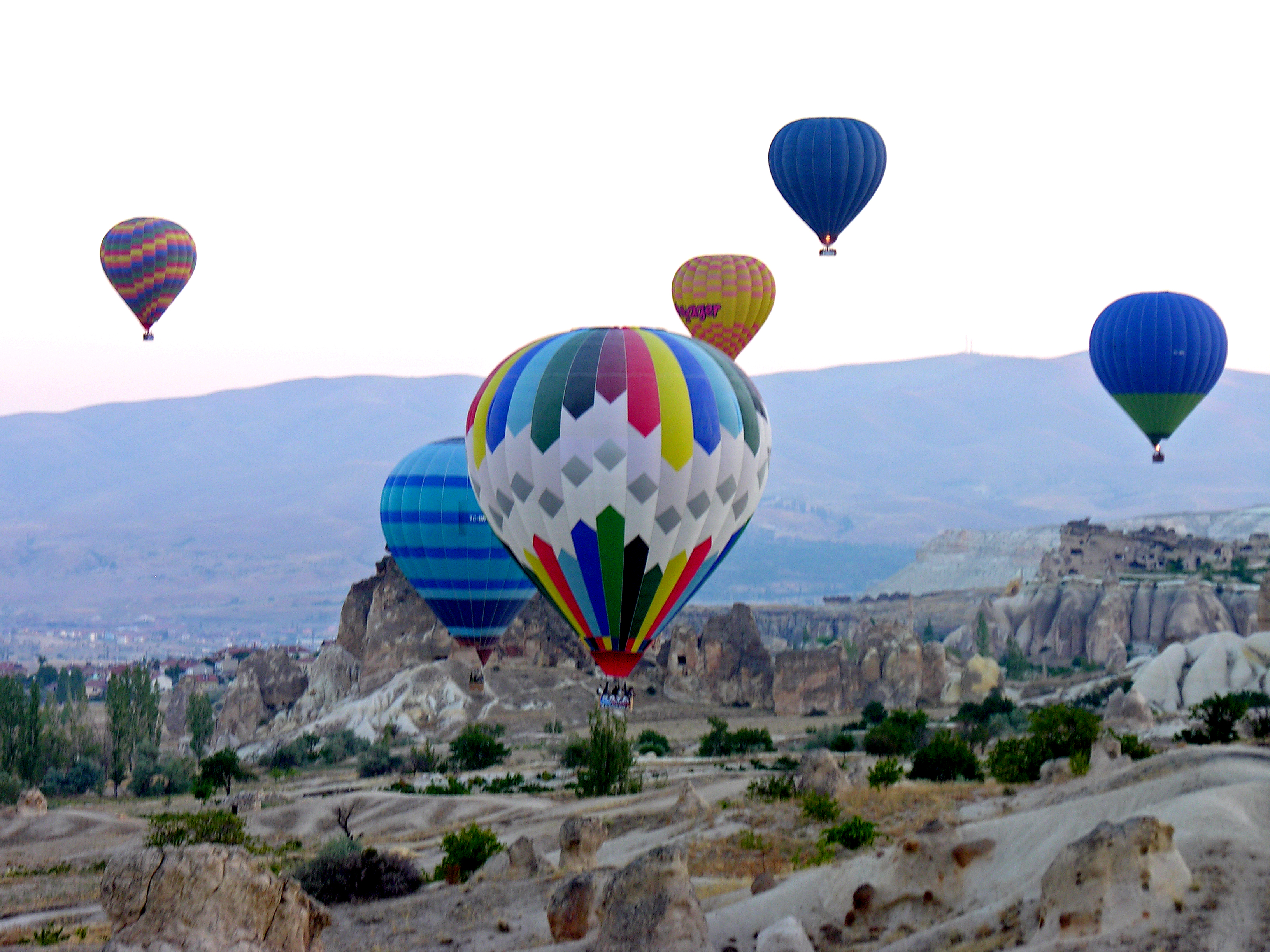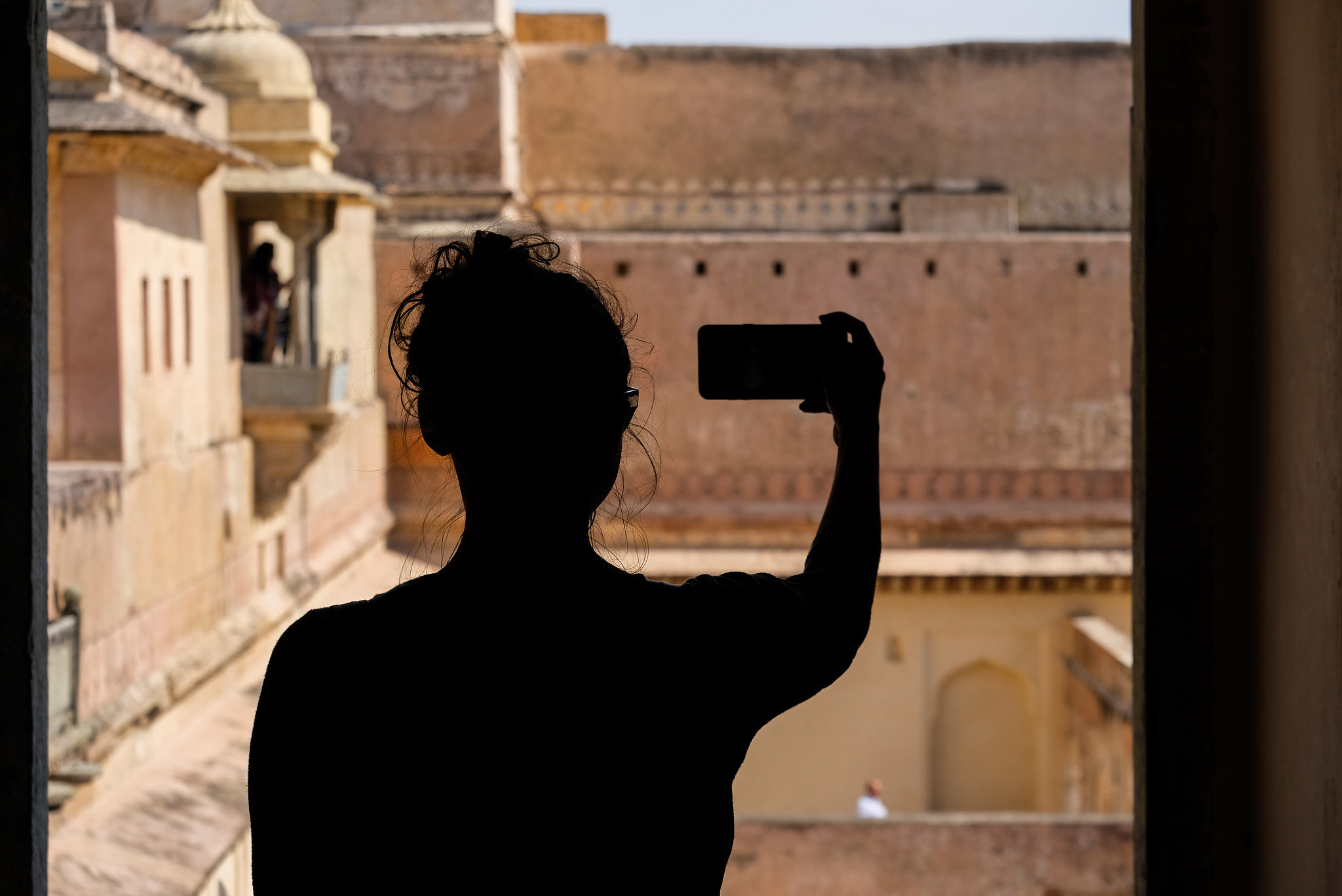1. The change in consumer attitudes in tourism
.
We are well aware of the high demands of the tourism sector that you have to face every day. It is one of the sectors most subject to change and innovation, and we know how important it is to keep pace with the market and to keep up with the new demands of tourism customers for the positive performance of your business. Since the internet has become the main source of information for consumers, tourism companies have moved their services to the digital world, so that travellers have hundreds, or even thousands, of options to plan their leisure or business trips
to plan their trips for pleasure or business.
And it is precisely the wide range of possibilities that has boosted the personalised experiences, especially among small tourism companies. Until a few years ago, customers would choose a destination, and opt to stay in establishments and do activities that fit their budget. But nowadays, this economic concern when booking trips has taken a back seat, and the demand for personalised travel has increased. Travellers no longer consider it enough to opt for typical activities in any given destination.
What’s more, they want to abandon the stereotypical role of tourists, and delve into the unique experiences of each destination. Yes, travellers are still interested in seeing the most important monuments of the destinations and enjoying the sun and beach, but travellers need something beyond what traditionally known as “tourists” have been looking for until now. Now travellers want to get to know the society, culture, customs of the destinations in greater depth. Living unique experiences, unrepeatable in other destinations, is what makes users are increasingly opting for personalised experiences during their trips.
Why is this change in attitude? It is due to the search for personal growth, and even spiritual, of the travellers themselves, or their interest in enjoying valuable experiences in company. The “2019 Experience Trends Report” of TripAdvisor revealed, for example, that among the activities of the tourism market, those aimed at family experiences stand out, and can be seen in the impressive growth of searches for these experiences by 200% worldwide in the last year. Or the search for classes or workshops in the destinations where customers are going to travel, which has increased by 90% in the last period. Thus, selling traditional experiences or excursions no longer fits with the latest consumer demands, and the end customer will opt for those personalised experiences or excursions that bring them a special, unique knowledge.
This new demand also means that the customer will be more interested in the experiences excursions experiences .
This new demand has also been passed on to the incoming travel agencies. Given that they must meet these new needs of tourism consumers, the more information they must seek when finding the right agency or company to contact to offer personalised experiences in the destinations of interest to their clients. If finding an agency to buy excursions or activities from has been a challenge up to now, the challenge is even greater when it comes to finding the agency that is really prepared to offer consumers what they are looking for today.

2. What does a personalised experience actually consist of?
What is a personalised experience?
This type of tourism product is already familiar to you, either because you have already been preparing an experience, or because you have discovered that your competitors are starting to sell this product. But what does a personalised experience really consist of, and how can it help your DMC?
What is a personalised experience?
A customised experience is nothing more than a preparation of the tourism product in a segmented way, that is, the preparation of services, activities or tours specifically aimed at a type of public target. This segmentation would be based precisely on this new customer demand, and how they take their time to find experiences that fit their needs.
It has happened to more than one company that their customers have asked for a fragmentation of offers because they no longer require the full package tours sold until now. For example, imagine that a group of family members of adult age decide to travel together to a destination, but the group is divided in two when it comes to choosing activities to enjoy at the destination. Thus, a fixed product of air and hotel for one family group would not be sufficient to meet their needs. This family group would therefore need a DMC that could offer a package that could incorporate travel, hotel and different activities for all members of the group to enjoy their hobbies at the destination.
So you may be wondering, from what methods can customised products be segmented?
What is the best way to do this?
- Through knowledge about regular customers. Small DMCs are most likely to reap the benefits of personalisation as they have better communication with customers. In other words, they have more information to prepare personalised experiences.
- Through keyword research. The most popular searches of your customers, or the new searches that your competitors have not yet discovered.
- Through the study of the latest trends in social networks, forums, etc. Social media has become a great source of information, as it has become the network of opinions of millions of users.
- Through contracting another agency. There are agencies that, directly, have neither the time nor the resources to prepare their own experiences. And that is why they hire DMCs who are experts in the destinations of interest to sell them their own experiences.
.
As you can see, personalisation is about tailoring all the knowledge you have about your customers into a product that is ideal for them. This not only achieves their total satisfaction after consuming your product (or hiring it, as other agencies do), but also the growth of their trust in your company’s brand. Because the more dedication you show to your clients, the better your image will be in the eyes of your target audience, even if they are in a foreign market.
But if there is a very important factor when creating a product, it is not only creating it: it is also knowing how to sell those personalised experiences to your customers.
But also knowing how to sell those personalised experiences to your customers.

3. Selling personalised B2B or B2C experiences
.
You should already know the difference between B2B (Business to Business) and B2C (Business to Consumer), since in the end it is one or both groups to whom you address your personalised experiences. However, you should be aware that, when it comes to selling your new products to them, the way you need to reach them is not the same. End customers and travel agencies come to the buying process in very different ways. They are not only different in terms of whether they are end customers or companies, but also in terms of the criteria on which they base their search for solutions.
3.1. End customers
.
The B2C customer, as you know, is that final customer who enjoys your personalised experiences. Therefore, the criteria on which it is based to reach your service are their personal criteria: their tastes, hobbies, experiences, interests… It can be a pleasure trip to enjoy their holidays, or a business trip in which they are going to have free time and are interested in doing a special activity during it. Thus, your decisions are based on your own needs.
As we have already seen, travellers’ decisions now go beyond their need for rest: they are in search for knowledge, for personal growth, and for connecting with the social and cultural environment of the destinations. And that is why they need contents that approach this emotional factor, and provide them with answers to their needs. And of course, they are no longer interested in being treated as customers, but in finding valuable content that educates them, created by reference sources in the tourism sector that they can trust to guide them towards the search for their ideal experience. In this way, the way to sell personalised experiences to end customers must consist of attracting through the emotional factor, both to educate them and to convert them into new visits to your website.
3.2. Travel agencies
On the other hand, in the case of the B2B customer, the emotional factor is not the recommended method for reaching them. Rather, it is recommended to opt for the rational or technical factor. Why? Because travel agencies buy the products or services of other companies based on their business needs. Just like your business, they want to satisfy the needs of the end customer, but they also need to meet their needs as a business when looking for a solution.
A travel agency, like your business, wants to satisfy the needs of the end customer.
A travel agency, then, will not be interested in finding experiences tailored to their personal interests, but in acquiring the services of a company that controls the personalised experiences in the destination of interest of the travellers who are their end customers. Given the growth in demand, outbound travel agencies cannot manage all the information about the destinations from their place of origin. For this reason, they look for other companies in the destinations of interest to their clients, as they have more knowledge to personalise experiences, and they know what interests their end clients. And how can you reach them? Basically by directing your company’s attention to the travel agencies’ home market.
Now that you know why selling experiences to B2B or B2C customers should be handled differently, it’s time to think about how you should prepare your marketing strategies to start reaching your target audience in their home country. If you feel you need someone to guide you in creating your strategies, a very good idea is to consult with marketing experts with experience in the tourism sector on how to sell your DMC agency in the foreign sector.
Images: (CC BY 2.0) Rosanetur | (CC BY-SA 2.0) Dennis Jarvis | (CC0 1.0) Cristian Ungureanu

